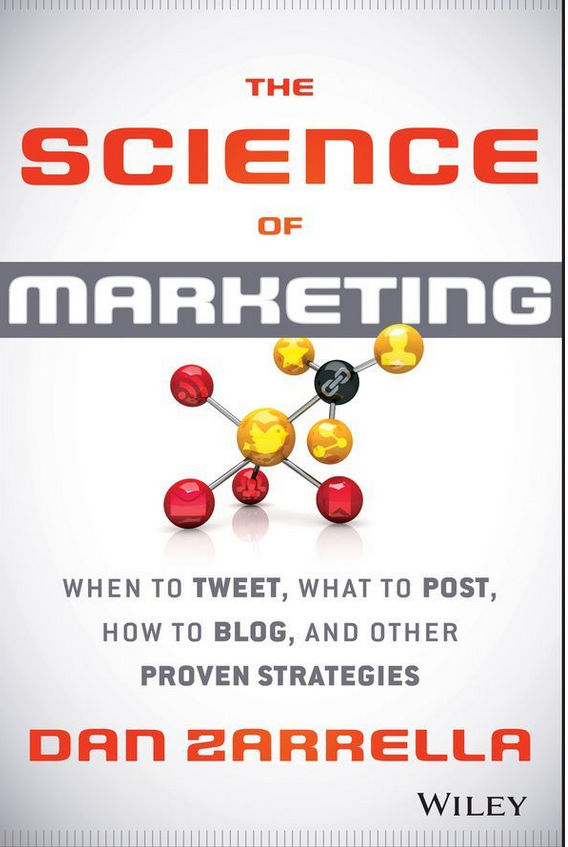Data-driven guidelines for using Facebook and Twitter to promote your community project, sharing startup or social enterprise
Dan Zarella’s new book, The Science of Social Marketing: When to Tweet, What to Post, How to Blog, and Other Proven Strategies, takes an evidence-based approach to maximizing your efforts on social media. A HubSpot employee and self-described “social media scientist," Zarella pored through reams of social media data to arrive at some interesting and sometimes counterintuitive conclusions on what works and what doesn’t when it comes to engaging audiences.
Zarella advises if you have to pick only one social media presence to maintain, then Facebook is where it’s at. But it’s important to think like a magazine editor or movie producer and not like a communications analyst; think about what will excite people and be useful to them. This is especially important for nonprofits, which tend to have less likes than other types of organization.
This year, we’ve seen Mutual Aid in Motion.
From scaling sharing hubs to Mutual Aid 101 trainings, we’re helping communities build the tools they need.
Every dollar fuels lasting resilience – proving that when we move together, we all move forward.
Here are ten of the more surprising data-tested strategies for to promoting your social venture with social media, based on Zarella’s work:
- Twitter is not for talking. The accounts with the most followers are the least conversational. Instead, focus on Twitter as a forum for sharing great, relevant, novel content with your followers.
- Tweet tenaciously, but pause before you post. Tweet as frequently as you please, as the number of followers peak with accounts tweeting over twenty times per day. But on Facebook, fan counts are highest for pages posting only 4-5 times per week and decline precipitously thereafter.
- Twitter is not about you, but Facebook is. As self-referential tweets increase, followers and retweets decrease. Tweet about others in your knowledge area; your followers see your Twitter account as a source of expertise. On Facebook, however, the opposite is true, so feel free to post the pics of your meetings and travels to share what you are doing with your friends and followers.
- Keep it positive, but never be neutral. Positive content is shared, retweeted and liked most often. So if you have a choice, be positive. But if the choice is between being negative and neutral, negativity may get you more play.
- Down time is the best time. Off-peak timing gets you more views and clicks. Afternoons, especially on Fridays, are great for getting retweets. Higher tweet click-through-rates and post shares are seen on weekends.
- Jettison the jargon. Buzzwords decrease page likes on Facebook.
- Love to link. Links to useful, relevant, novel content on Twitter is the most data-supported way to get retweets and followers.
- Photos are for Facebook. Photo posts perform the best, followed by status, video and link posts, in that order.
- Issue Calls to Action on Facebook. Facebook posts including the word “Like” get twice as many likes and comments, those containing the word “Comment” get more comments; and (you guessed it) those containing the word “Share” get more shares, comments and likes. Twitter posts with the phrase “Please Retweet” get four times more retweets.
- Find your many relevances. Zarella writes about “combined relevance,” and advises finding that sweet spot where your organization can speak about a number of factors that people are interested in, which will help increase your reach.
##
If this post resonates with you, please consider supporting Shareable. Watch the two-minute video below & donate to our crowdfunder.

